Technological Innovations
Technological innovations play a crucial role in shaping the Industrial X-Ray Inspection System Market. The integration of artificial intelligence and machine learning into X-ray systems enhances defect detection capabilities and improves operational efficiency. These advancements allow for real-time analysis and faster decision-making processes, which are essential in high-stakes environments such as aerospace and automotive manufacturing. The market is expected to expand as companies adopt these cutting-edge technologies to stay competitive. By 2025, the implementation of advanced imaging techniques is likely to drive a significant portion of the market growth, as organizations seek to leverage technology for superior inspection outcomes.
Growing Focus on Safety Regulations
The Industrial X-Ray Inspection System Market is significantly influenced by the growing focus on safety regulations across various sectors. Regulatory bodies are increasingly mandating the use of non-destructive testing methods to ensure the integrity of critical components. This trend is particularly evident in industries such as oil and gas, where safety is paramount. As a result, companies are compelled to invest in X-ray inspection systems to comply with these regulations. The market is projected to grow as organizations prioritize safety and risk management, with an estimated increase of 6% in market size by 2025. This regulatory landscape underscores the necessity of robust inspection systems in maintaining safety standards.
Rising Demand for Quality Assurance
The Industrial X-Ray Inspection System Market is experiencing a notable increase in demand for quality assurance across various sectors, including manufacturing and aerospace. As industries strive to enhance product reliability and safety, the adoption of advanced inspection systems becomes paramount. This trend is driven by the need to detect defects and ensure compliance with stringent quality standards. In 2025, the market is projected to witness a growth rate of approximately 7.5%, reflecting the increasing emphasis on quality control. Companies are investing in X-ray inspection technologies to minimize risks associated with product failures, thereby reinforcing the importance of quality assurance in the Industrial X-Ray Inspection System Market.
Expansion of Manufacturing Activities
The expansion of manufacturing activities in emerging economies is a significant driver for the Industrial X-Ray Inspection System Market. As countries invest in infrastructure and industrial capabilities, the demand for advanced inspection systems is likely to rise. This growth is particularly pronounced in sectors such as automotive and electronics, where precision and quality are critical. The market is anticipated to benefit from this trend, with a projected growth rate of 8% by 2025. Manufacturers are increasingly recognizing the value of X-ray inspection systems in enhancing production efficiency and ensuring product quality, thereby contributing to the overall expansion of the market.
Increased Investment in Research and Development
Increased investment in research and development is a pivotal factor driving the Industrial X-Ray Inspection System Market. Companies are allocating substantial resources to innovate and improve inspection technologies, aiming to meet the evolving needs of various industries. This focus on R&D is expected to yield advanced X-ray systems that offer higher resolution and faster processing times. As organizations seek to enhance their inspection capabilities, the market is likely to experience a surge in demand for these innovative solutions. By 2025, the emphasis on R&D is projected to contribute to a market growth rate of approximately 7%, reflecting the industry's commitment to technological advancement and quality improvement.


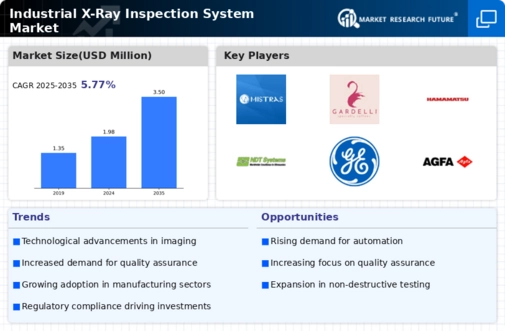
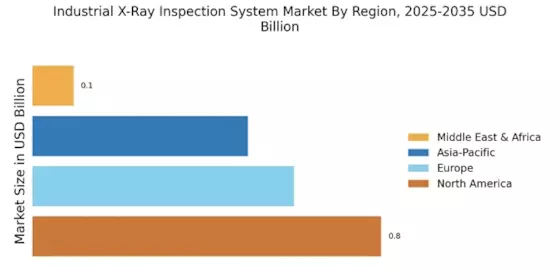
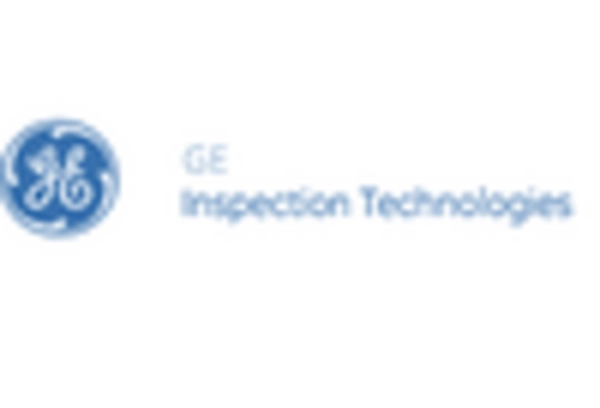
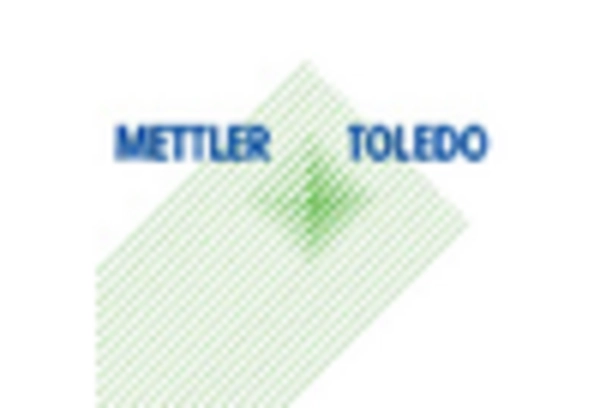
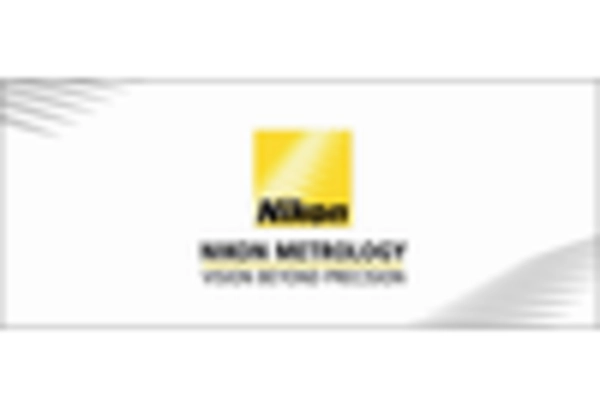
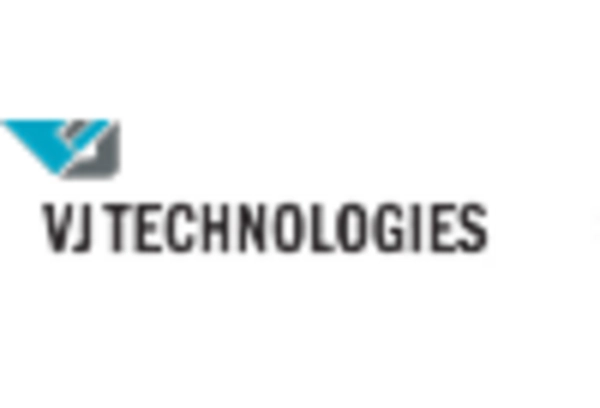
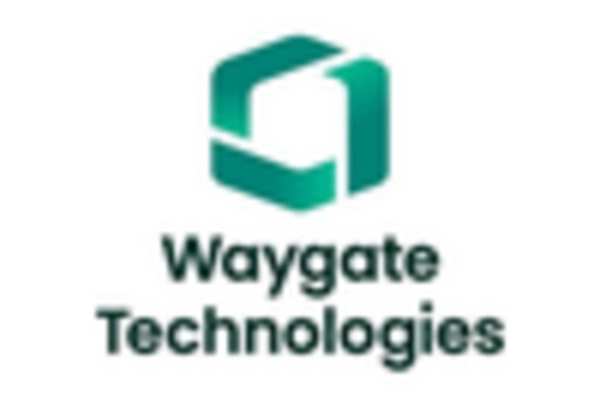
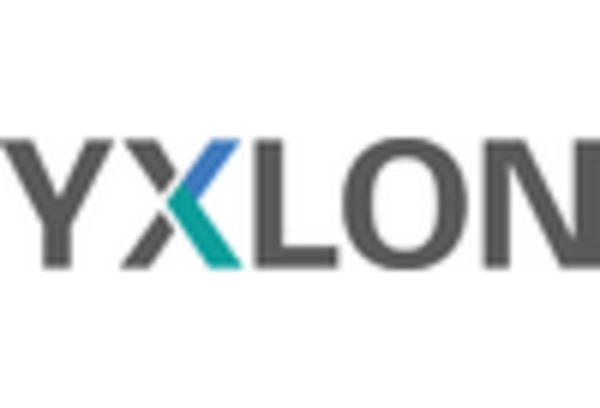








Leave a Comment